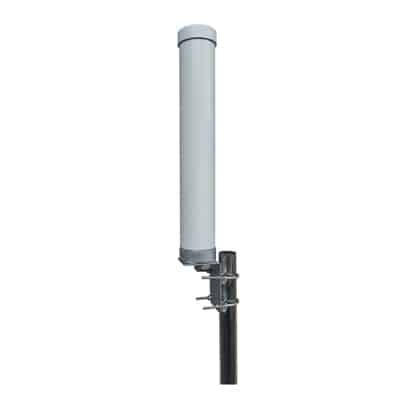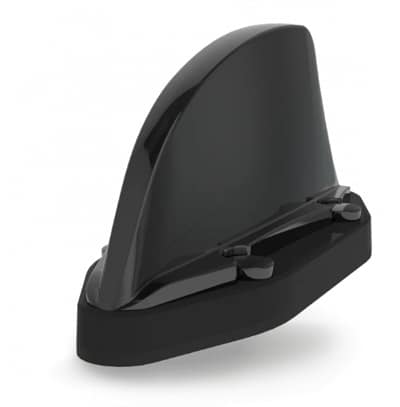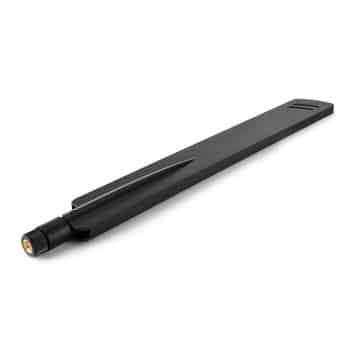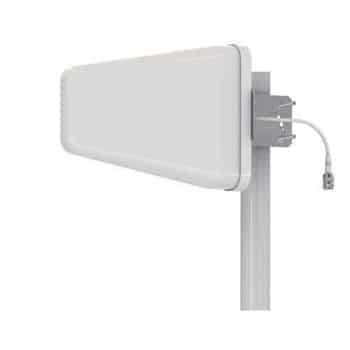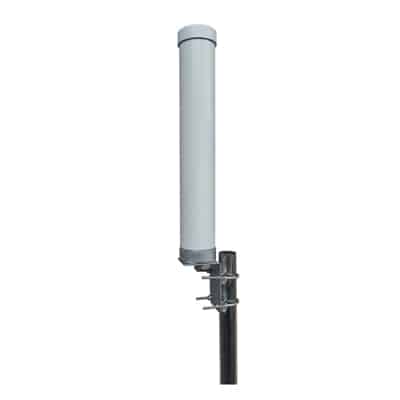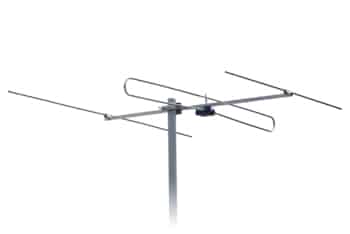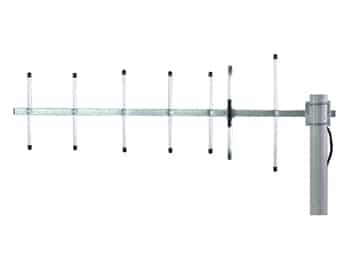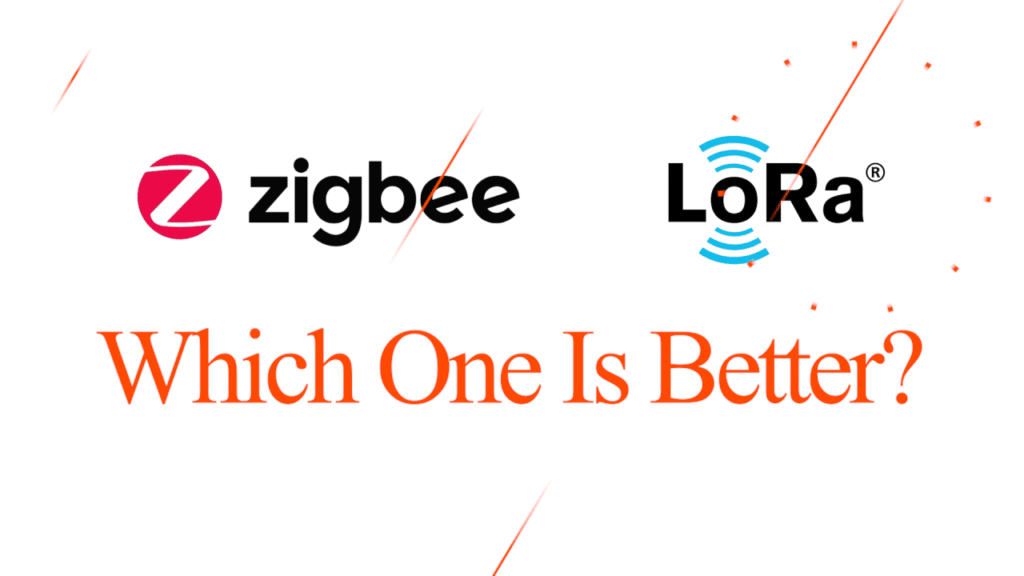
In this article, we will compare the differences between LoRa and ZigBee technologies which are low-power technologies. Initially, a brief introduction to both technologies is given, followed by their advantages and disadvantages. Next, some of the key IoT applications are presented on each technology. Finally, factors that are to be considered when choosing either of the technologies are presented.
Table of Contents
ToggleIntroduction to LPWAN and LAN technologies
Before discussing ZigBee and LoRaWAN(LoRa), it is essential to have a brief understanding of the two types of networks they belong to, Local Area Network (LAN) and Wide Area Networks (WAN), respectively.
Local Area Network (LAN) is distributed over short range, which would cover a building or a floor of a building. In comparison, Wide Area Network (WAN) is a network that spans over a city or a local district.
LAN technologies are spanning over a short distance with point-to-point communication. Moreover, these networks are ideally private in nature, meaning they are accessible to a certain number of users. In comparison, WAN technologies span over a large distance, also they can be private or public, depending on the application’s nature. A Low-Power WAN (LPWAN) is a network that has a low power consumption when compared to normal WANs.
Now, since we have a brief understanding of networks, let us discuss about the differences between LoRaWAN and ZigBee, by discussing each technology separately.
What are LoRa and LoRaWAN?
LoRaWAN is a WAN technology that is based on LoRa radio modulation. LoRaWAN technology is categorized under LPWANs suitable for long-range and low-power applications. It is a proprietary and open network globally recognized and governed by LoRa Alliance. LoRaWAN uses an unlicensed frequency spectrum, and the frequency band is different depending on the location. For example, North America uses the 915 MHz band, Europe uses 868 MHz, and Asia uses 433 MHz and 169 MHz bands.
What is ZigBee?
Compared to LoRaWAN, ZigBee is LAN technology that is aiming at realizing the short-range connection of multiple IoT devices. This is based on wireless communication technology IEEE 802.15.4 Low-rate Wireless Personal Area Network (LR-WPAN) wireless standard. ZigBee is also a proprietary network governed by ZigBee Alliance and is used to realize low data rate IoT device networks.
Advantages and Disadvantages of LoRaWAN
Let us investigate some advantages and disadvantages of LoRaWAN technology in the context of IoT applications.
Key advantages of LoRaWAN technology are:
- Low power consumption: LoRaWAN consumes low power, as it uses LoRa radio modulation scheme. Thus, devices that are built on top of the LoRa modulation have an extended battery life spanning up to 10 years.
- Long range of operation: LoRaWAN devices can communicate over 15 km in line of sight.
- Use of unlicensed frequency spectrum: LoRaWAN devices rely on unlicensed frequency spectrum for their operation, thus making them an open network protocol.
- LoRaWAN devices are susceptible to noise and interference.
Despite the advantages of LoRaWAN, there are some disadvantages of using LoRaWAN as well. These include:
- Low payload communication: LoRaWAN network only allows devices to communicate low payloads. This means only simple bits of data can be transmitted over the LoRaWAN network.
- Lack of hardware security: LoRaWAN does not guarantee hardware security, which is crucial in Machine-to-machine (M2M) communication. Instead, LoRaWAN provides software-based encryption.
- LoRaWAN devices are not suitable for applications that require continuous monitoring and applications that require control of an actuator.
Applications of LoRaWAN
LoRaWAN applications are mostly based on:
- Monitoring applications: In these applications, LoRaWAN devices would periodically transmit their state over a large distance. This state reading is used to monitor the interest entity. For example, monitoring of environmental conditions and disaster early warning systems.
- Tracking applications: LoRaWAN devices are used to track assets, people, and objects. These devices are usually battery-powered and would transmit their state periodically and are more energy efficient when compared to other tracking technologies.
- Smart city applications: Since LoRaWAN devices can communicate over a long-range, they are popular in smart city applications.
- Supply chain management applications: Again, LoRaWAN devices can be used to track assets in supply chains.
What can Tesswave do for you?
Tesswave provide 100+ antenna products and you can contact us for antenna customized solutions, get in touch with us today to get a Free quote.
Get an Instant Quote
Get a FREE quote and we will contact you within an hour
Advantages and disadvantages of ZigBee
Having discussed applications of LoRaWAN, let us investigate some of the advantages and disadvantages of ZigBee.
ZigBee, when compared to LoRaWAN is a LAN technology that is used to realize short-range IoT applications. Some of the key advantages of ZigBee are:
- ZigBee can handle many devices, thus having high complexity. The ZigBee network can handle up to 254 devices.
- Low power consumption: ZigBee devices are designed for longer battery life with low power consumption.
- Low latency: ZigBee devices have a low latency since its device activation delay is of order of 15 ms.
- Improved reliability: ZigBee devices are employed a collision avoidance strategy which allows devices to communicate independently without being interfered by one another.
- Enhanced security: ZigBee provides both hardware and software security
However, there are some drawbacks of ZigBee technology. Main disadvantages are:
- Low data rate: ZigBee allows only a limited data rate for its devices, making it disadvantageous in critical applications that require a high transmission rate.
- Prone to interferences: ZigBee networks are highly prone to interferences as it uses 2.4 GHz frequency band and can be a major security threat on implementation in noisy environments.
- Expensive: ZigBee devices are expensive when compared to other LAN and PAN (Personal Area Network) technologies.
- It is optimized for distances ranging from 10 to 100 m.
Applications of ZigBee
ZigBee is most suitable for PAN and LAN networks which would only range over a short distance. Some of the application areas of ZigBee include:
- Smart Home applications: ZigBee is a popular technology used in smart home appliances such as smart lighting systems and smart home monitoring systems.
- Automatic control systems: These include control of vitals in industries such as temperature and humidity.
- Real-time sensing applications: ZigBee technology can be used to realize real-time monitoring applications in smart hospitals and e-health applications.
- Wireless Sensor Networks: Since ZigBee can handle many devices, it is used to realize large wireless sensor networks as in a building fire warning system.
Your choice between LoRa and ZigBee
In this article, we briefly discussed LoRaWAN and ZigBee technologies alongside some of their applications. The choice between the two rivalries depends on the user requirement and user application.
LoRaWAN is most suitable for applications that require a longer range with no real-time or control requirements. Since its community-friendly, it is most suitable for open-source applications that require low data rates. Moreover, since LoRaWAN network is realized as a star topology it is easy to implement. However, LoRaWAN networks are not reliable and not suitable for critical industrial and personal applications.
However, ZigBee is a reliable network technology widely used in industry to cater real-time and control requirements. It is realized as a mesh network topology, making it more complex to implement. Though it is limited by range, the multi-hopping nature of mesh topology can be exploited to realize a long range of operation.
Conclusion
In conclusion, we can see that the choice between ZigBee and LoRaWAN is dependent on the user requirement and application. Since both are low-power-consuming technologies, they can handle battery-powered devices. Finally, LoRaWAN would be the ideal candidate for low-cost applications that require only monitoring capabilities, while ZigBee would be ideal for industrial applications that require reliability and hardware security.
You may also interested in:
1, The difference between LoRaWAN and Sigfox

